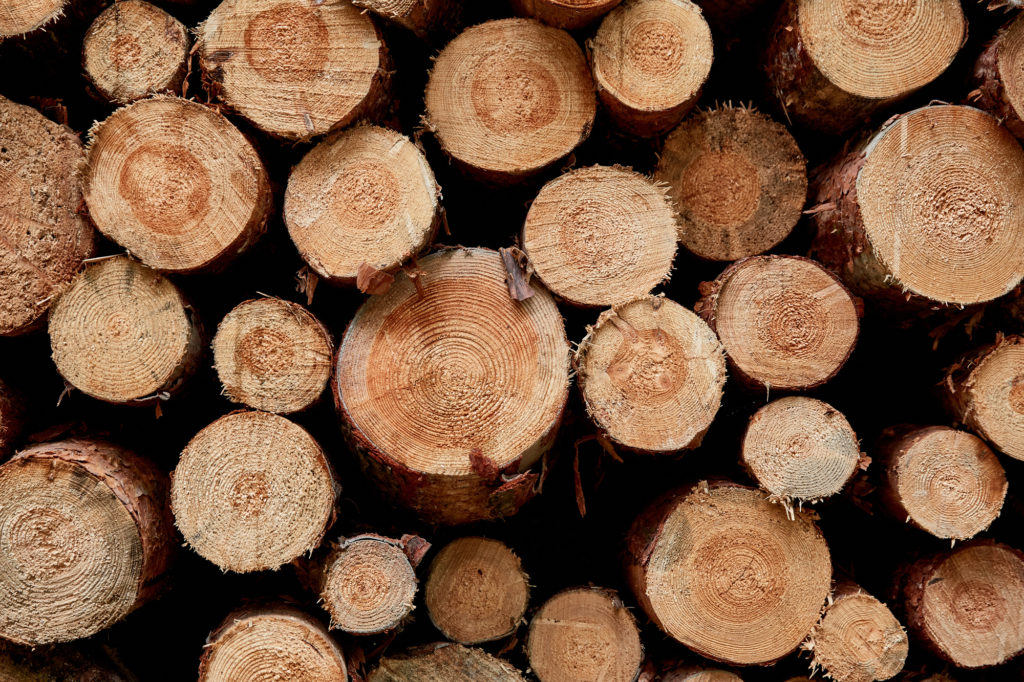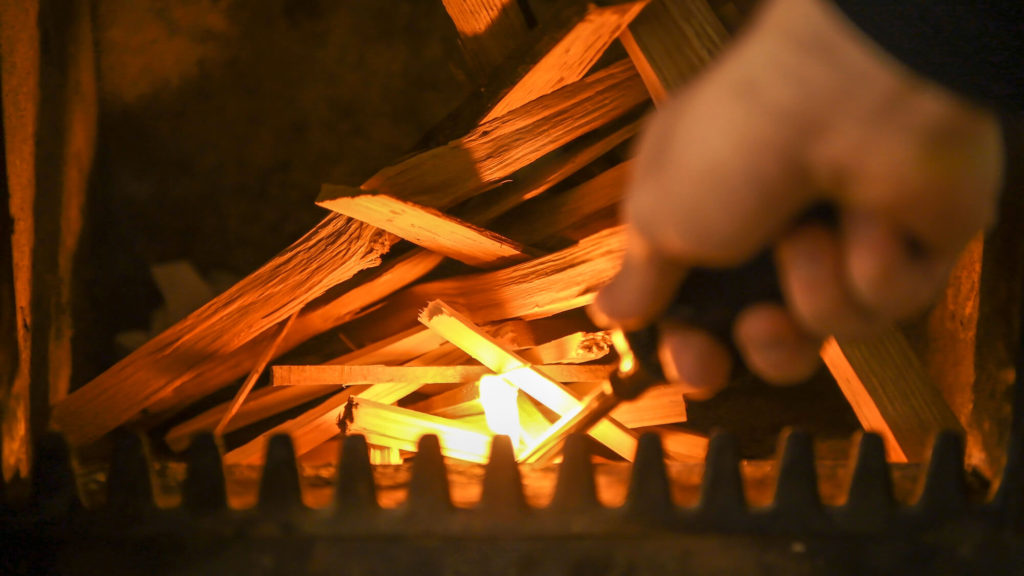Light Your Chimney Fire Like a Pro
Having a fireplace or wood stove in your home can give you a space where you can unwind and relax with your family, making it the perfect setting for cozy evenings spent sharing stories and laughter. The soft glow of candles, the crackle of a fire, smokey aromas from roasting marshmallows. All these things create an inviting atmosphere that makes any space seem perfect. But if you can’t get the fire started, you’ll miss out on all the advantages! If you are a fireplace or woodstove owner looking for tips on how to build a great fire, read on. You will be a fire-starting pro in no time!
Burning Wood
Burning the right kind of wood is the first step to getting the correct type of fire. We need to avoid unseasoned or green firewood to choose the proper wood. Make sure the wood has dried out before adding it to your fireplace. It takes a year to cure; therefore, it should be stored for at least a year before being used. Do not burn treated wood, particleboard, or plywood. These materials tend to release dangerous toxins that put your health at risk when inhaled. Remember to burn wood only since burning unnecessary items create smoke releases chemicals, dioxins, and other compounds into the air. That is why plastic, fabric, or even too much paper should not be burned. Use split firewood, not whole logs. When firewood is split, the drier inner layers are exposed to the flames, burning more effectively. For a longer burning time, use hardwoods, and Pine, to start your fire quickly. Lastly, ensure you store your firewood outside, elevated from the ground, to help it dry. Want to learn more about firewood? We have the best article for you. Click here to learn more.

Keep Your Chimney Clean
You must ensure that your chimney is clean before you light any fires, primarily if you haven’t used your fireplace in a while, moved into a new home, or want a cozy fire on your vacation home. This ensures no blockages and that it’s free of creosote buildup. Having your chimney professionally inspected is always a good idea. Creosote buildup can cause your chimney to be unsafe, and it will not function as effectively. Animals may nest in your chimney, causing leaves and twigs to fall in. So, before you light that fire, calling an expert can save you a lot of trouble and keep you safe.
Make Sure to Open the Damper
A chimney damper is a manual device that regulates the flow of air and smoke through the chimney flue. A closed damper is where the external air is kept out, and the internal air is retained. On the other
hand, an open damper sends carbon-monoxide-rich exhaust through the flue and helps to start and maintain a fire. That is the main reason why opening the damper before lighting your fire is vital. When you fail to do so, your house will fill with smoke, and it will be incredibly difficult to get rid of it.
If you are wondering, how do you open and close a damper? This depends on the type of damper you have. There are multiple types, but the most commons are Throat and top-sealing dampers. To correctly identify yours, read your manual or get help from a certified technician.
Heat Your Flue
If you still end up with a house filled with smoke after opening your damper. It may be that you need to heat your flue first. While trying to light your fire, there may be a draft of cold air coming down, making it harder for the fire to burn and making smoke from your fire be pushed back to your home. To know if you need to heat your flue and remedy this problem, grab a lighter or a match and place it right underneath your flue cap after opening it up. This way, you will see how much of this cold air sinks. If there is air coming out, grab a hairdryer or a source of heat and place it on your flue opening; after a while, the draft of air is flowing out of your home. You’ll be able to enjoy your fire while smoke will now go out the chimney, rather than into it.

Stash that Ash
Whenever you clean the ash excess, make sure to leave at least an inch of it. This will benefit your fireplace by creating a bed that makes your fires hotter and insulates the fireplace. While this can be helpful, you must clean the inside of your fireplace regularly and avoid any excess of it. One or two layers of ash should be enough.
Wood ashes can draw moisture that can cause damage to the metal components and masonry. Ashes can be considered acidic and combined with water can be very destructive. We recommend removing all ashes from your stove and fireplace at the end of the heating season to avoid any damage.
Start Small
When lighting your fire, attempting to land a giant log is not a good idea. It is best to use newspapers or twigs and then gradually add in small pieces of wood until your fire starts then you can add the more significant pieces. Starting with the largest logs makes combustion harder, and it takes longer for your fire to start.

Choose Your Preferred Method
There are indeed many ways to build a fire, and they all claim to be the best way. It is best to find the best method for you and allows you to build a quick and easy fire. The “log cabin” method is one that many people practice. You stack your firewood in a log cabin style to create a house. The idea is to have the smaller pieces and kindling go in the center of your home for the fire to spread from the inside out. Another standard method is the “upside-down” here; you stack at the bottom your most significant, and the smaller pieces are layered at the top, alternating directions, topping it with the kindling. When you light the fire from the top, the embers will fall and set the lower layers on fire.
Now that you know the tips and tricks to light a fire like a pro, you can enjoy your fireplace or woodstove more often. While this article has many suggestions, many people have questions about dealing with emergencies. If you ever need help, don’t hesitate to call for professional assistance. We are more than happy to help you and advise you on anything related to your fireplace or woodstove.
